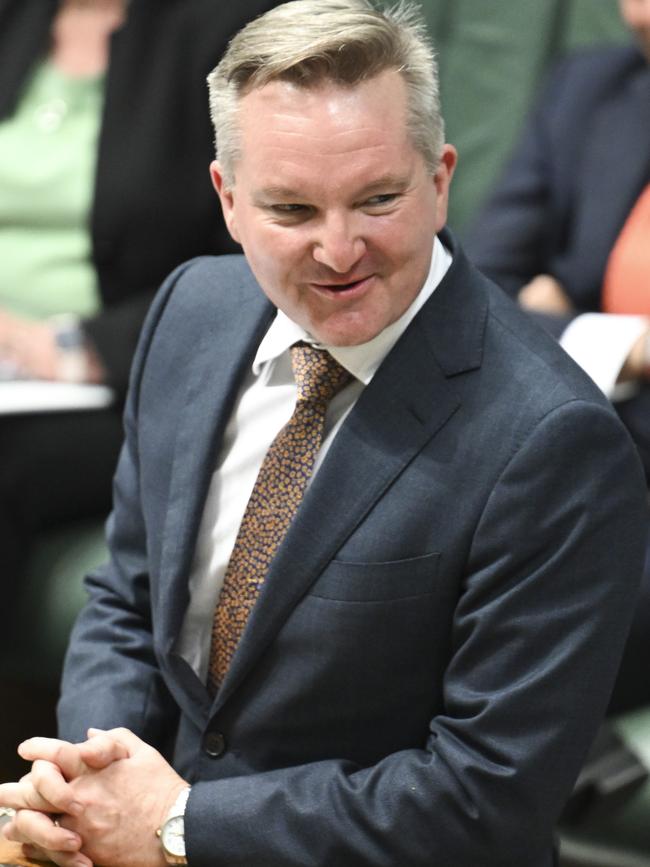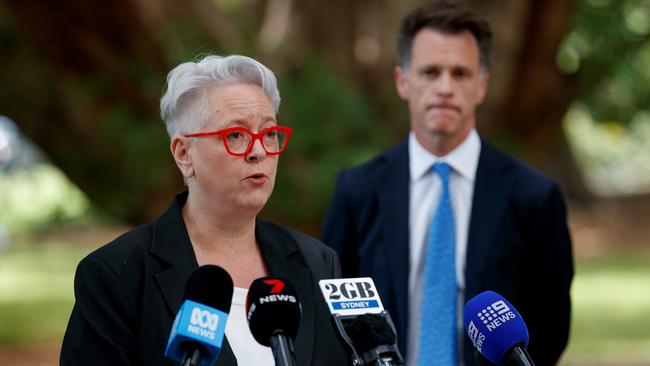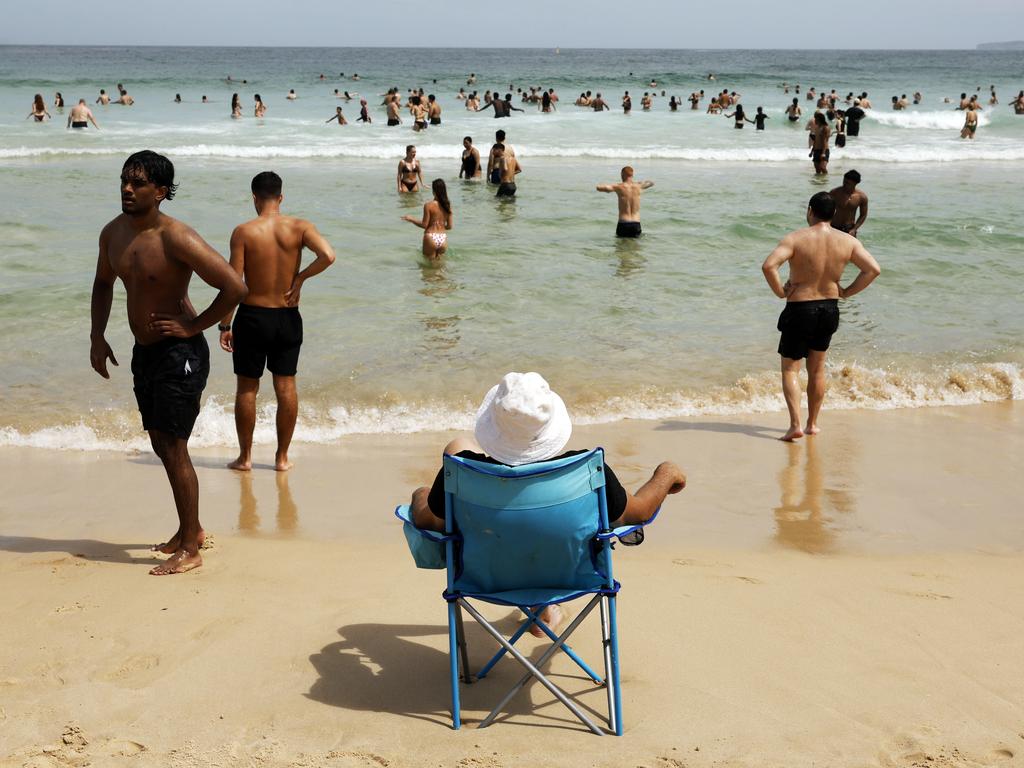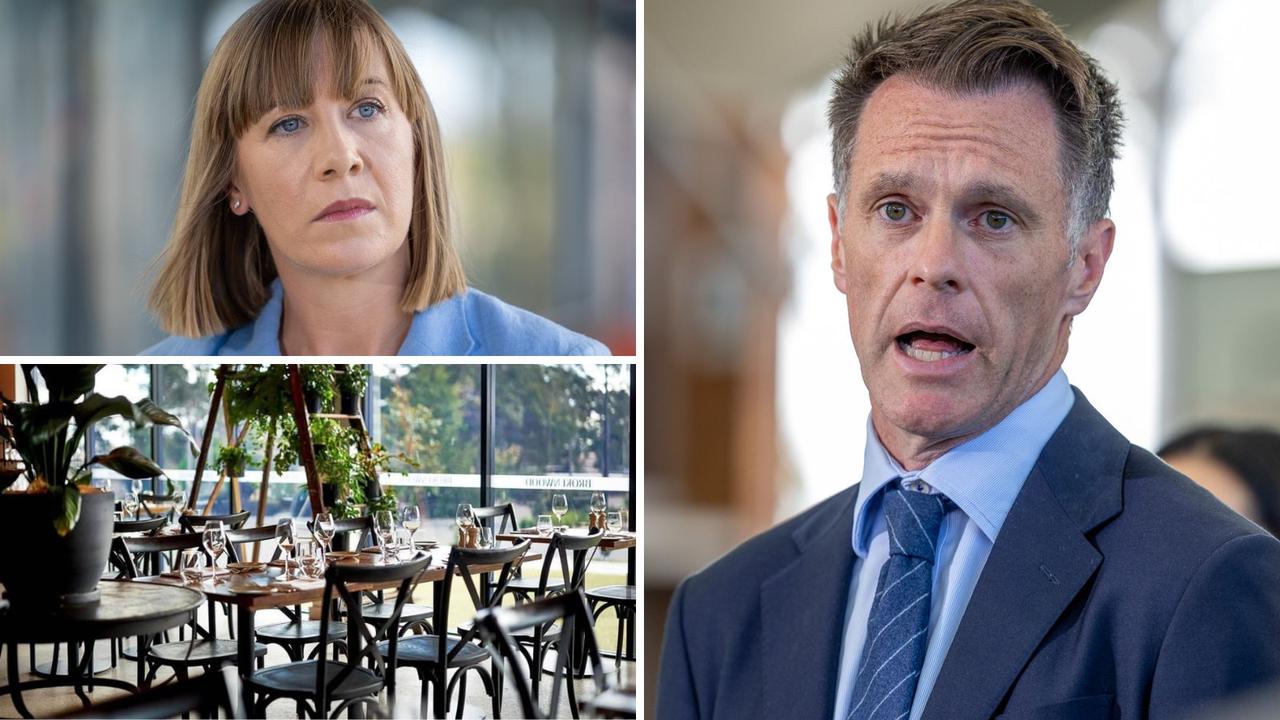Experts divided on state’s energy woes following blackout fears
Energy and policy experts are split on what lessons to learn from NSW’s energy supply concerns and blackout risk, after residents were implored to avoid using household appliances to keep the lights on.

Energy and policy experts are split on what lessons to learn from NSW’s energy supply concerns and blackout risk on Wednesday, after residents were implored to avoid using household appliances to keep the lights on.
The closure of coal-powered stations for repairs or maintenance meant the system’s “slack” had gone, turning what should be a “run-of-the-mill” day into a potential crisis.
But some energy experts said the state needed to accelerate the systems to better store and tap into the solar power supply.
It comes after Climate Change Minister Chris Bowen declared renewables the only solution to the nation’s energy woes and as NSW Premier Chris Minns on Wednesday implored residents to avoid using dishwashers and pool filter pumps to prevent blackouts, with temperatures peaking at 39.9C in Sydney’s west.
Mr Bowen blamed volatility in the electricity grid on coal-fired power stations, saying on Thursday that they were its “biggest threat”, spruiking a second-term Labor government’s plan to prioritise renewables and underpinned by gas.
“The least reliable part of our energy grid is coal-fired power,” he said. “There hasn’t been a day in the last 18 months when we haven’t had a breakdown in a coal-fired power station.
“What the Australian Energy Market Operator told me was that batteries were essential for getting NSW through yesterday.”
The Institute of Public Affairs’ executive director, Scott Hargreaves, a former Origin Energy senior manager, rubbished the state government’s claim that the earlier-than-expected hot weather was “abnormal”, saying it should have not been an excuse.

He said that the closure of coal-fired power stations had taken out the “slack” in the system, putting it under more strain when conditions were not ideal.
“And the more we take that out, by closing base-load power, we’re making it harder to manage,” Mr Hargreaves said.
“What should be a run-of-the-mill day looks like a potential crisis. That’s a pattern we could see more of.”
Mr Hargreaves applauded Mr Minns for recognising that not extending Eraring was “madness”, but warned its mid-2027 closure would come around quickly, slamming Mr Bowen for blaming coal-power stations.
“Saying (the stations) are ageing … they are a long-life asset if properly maintained,” he said.
But Dani Alexander, the chief executive of the UNSW Energy Institute – a group of energy experts focused on innovation and sustainability – said that while currently solar power was hard from an operational sense to track, it provided the state an opportunity.
Australia, she said, led the world in “per-capita uptake of rooftop solar”, with one in three households having a form of generator.
“From an energy market operation point of view, the people in the control centres, almost like traffic controllers, while they can see our largest coal-fired generator, they actually can’t see the very small-scale generators,” Ms Alexander said.

“In many ways our biggest (energy) generator is invisible to the energy market operator.”
Ms Alexander said a solution would be systems to better store and harness solar energy outside of the “sun” hours.
“The system that our grid and our markets were designed for doesn’t exist anymore, we have a very different looking grid now,” she said.
“We have this legacy asset in our existing grid, we have a very exciting future with the transition, but we need to change the way that we have been doing things for it to work properly.
“(We need to) install more capacity, more generation, so that we have the surplus when we need it.
“This needs support from all levels of government and both sides of politics”
Since being elected in 2023, the state government has brought online six large-scale battery energy storage systems, eight large-scale solar farms, six wind farms, and the Tallawarra B gas plant.
It also extended the life of Eraring, which had been slated to close in 2025, while it has given the green light to six onshore wind farms, as well as more solar farms and battery systems.
The government has conceded there will be “challenges and peaks” in the transition of the system – while reaffirming the importance of coal in the short- to medium-term – but has also pointed to its Eraring extension as evidence it is not ideological in its approach to energy.




